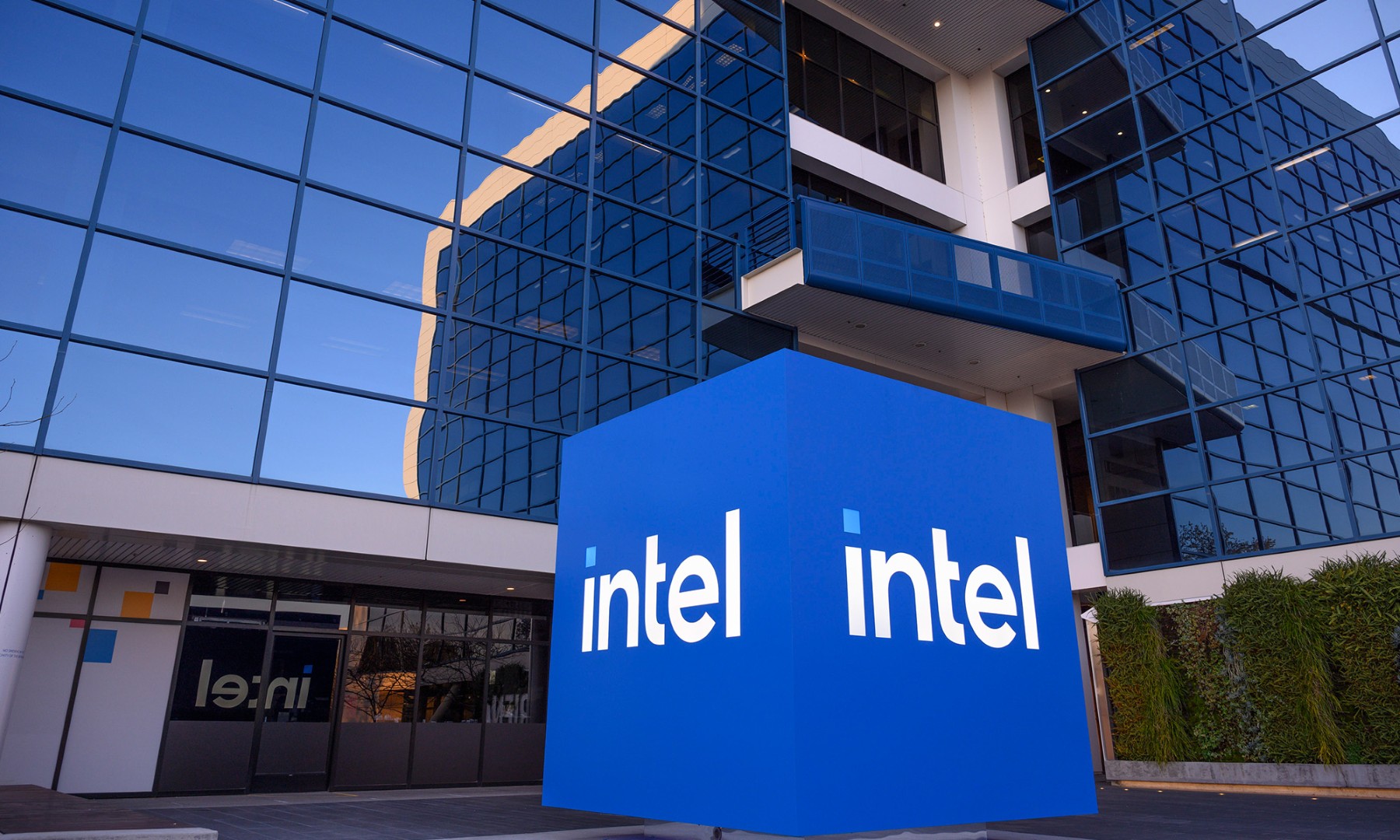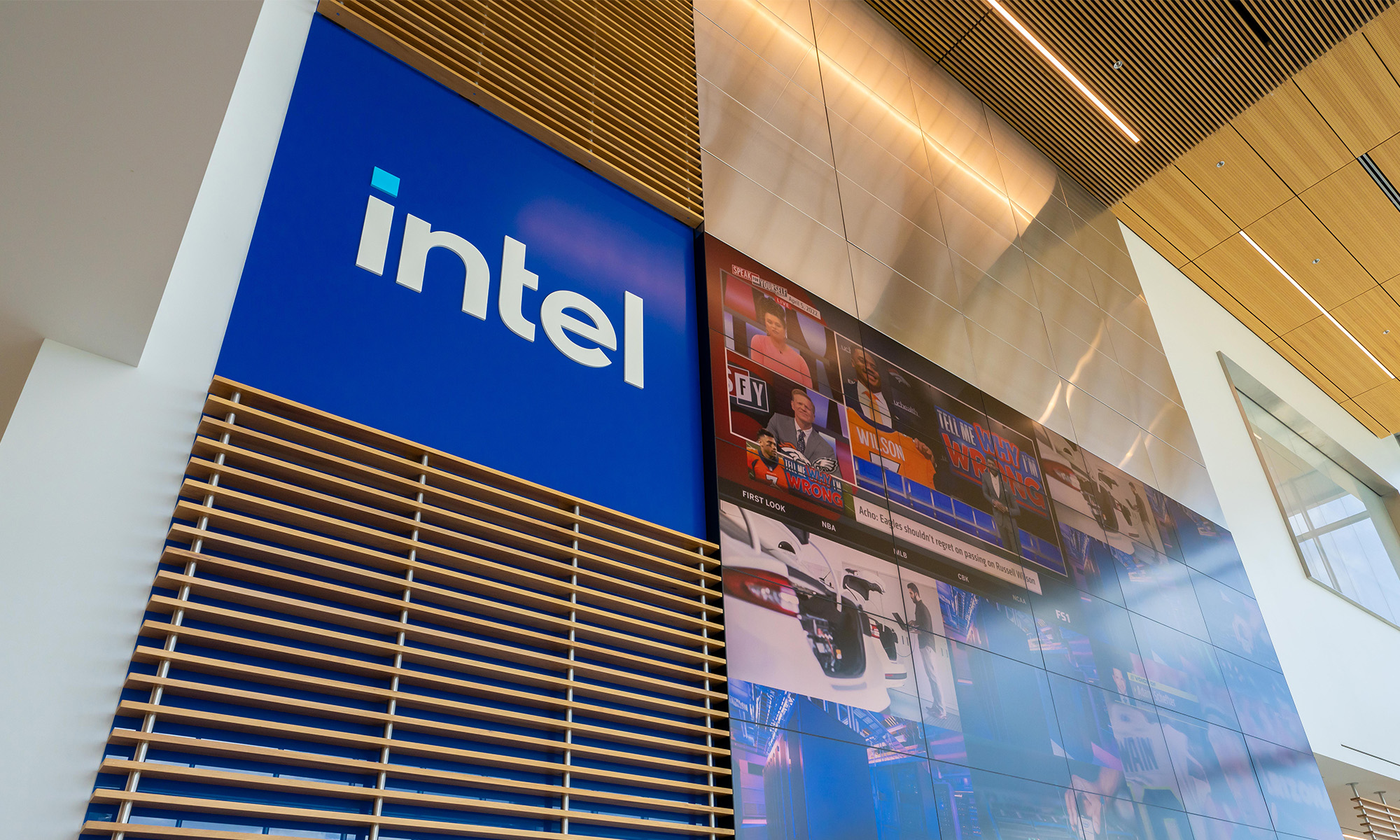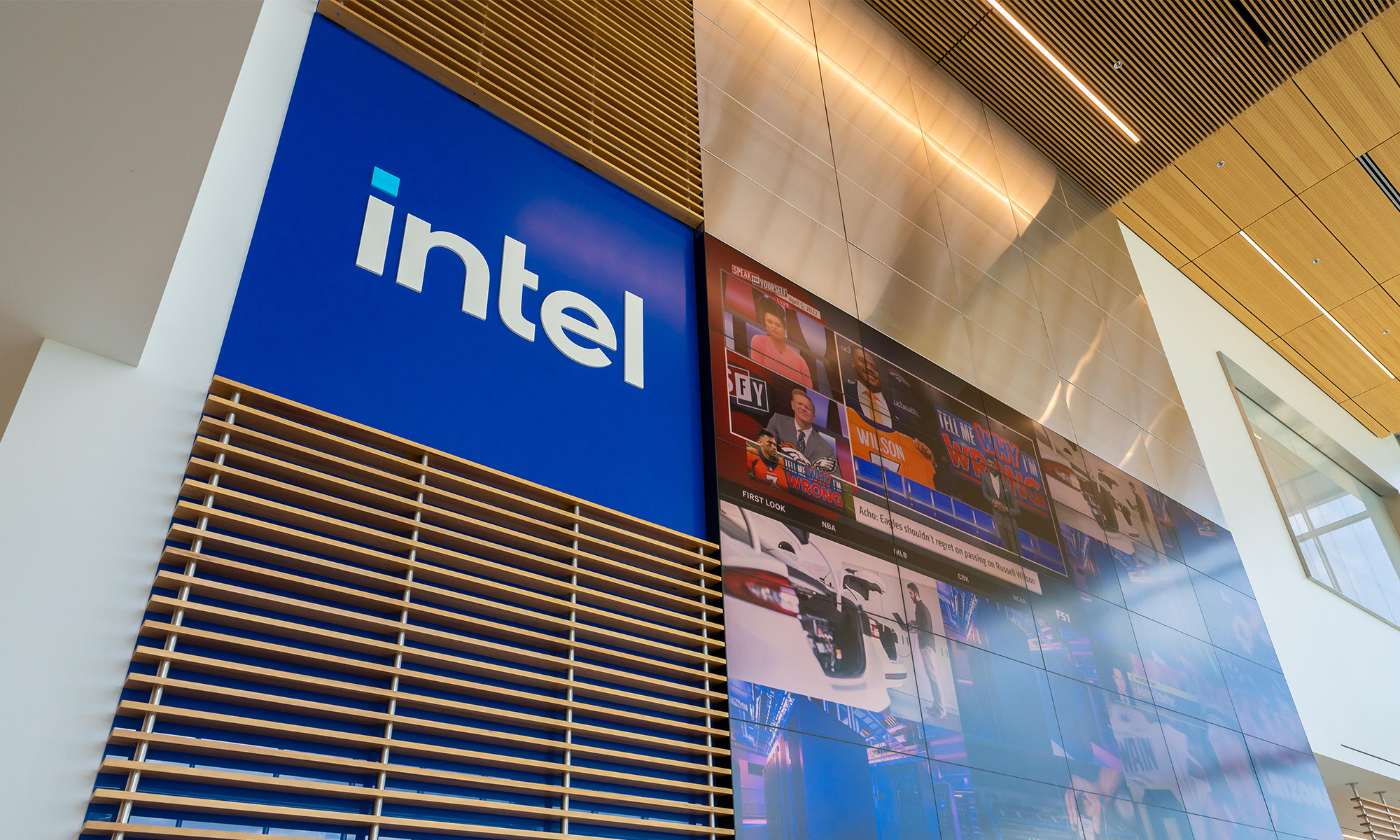Intel (INTC 1.07%) continues to struggle to gain traction, with the company reporting flat year-over-year revenue growth for the second straight quarter. What makes its results even worse is that many other semiconductor companies are seeing huge benefits from the data center buildout that is coming from artificial intelligence (AI). Intel saw moderate growth in this segment, but continues to be largely left out in the cold.
The stock fell roughly 8.5% from before the report to close of trading Monday.
Let's take a closer look at Intel's quarterly results (reported last week) to see if there are any signs of a turnaround.

NASDAQ: INTC
Key Data Points
Another tough quarter
Overall, for Q2, Intel's revenue edged up slightly from $12.8 billion to $12.9 billion. Its product revenue slipped 1% to $11.8 billion. Within product revenue, its client computing group (CCG) product revenue fell 3% to $7.9 billion, while data center and AI (DCAI) product revenue rose 4% to $3.9 billion. However, the company said its Q2 product revenue has likely been helped by customers increasing orders ahead of potential tariffs.
Its foundry business, meanwhile, had revenue increase 3% to $4.4 billion. However, the segment continues to post large losses, with an operating loss of $3.2 billion in Q2. That was worse than the $2.8 billion loss it posted a year ago.
Revenue from Intel's other businesses, which include subsidiaries Altera and Mobileye, jumped 20% to $1.1 billion. This segment also flipped from an operating loss of $46 million to a profit of $69 million. It is in the processing of selling Altera, and recently sold some of its Mobileye shares.
| Segment | Revenue | Revenue Growth (YOY) |
|---|---|---|
| Product (CCG & DCAI) | $11.8 billion | (1%) |
| CCG | $7.9 billion | (3%) |
| DCAI | $3.9 billion | 4% |
| Foundry | $4.4 billion | 3% |
| Other (subsidiaries) | $1.1 billion | 20% |
Data source: Intel. YOY = year over year.
Gross margin remains under pressure, falling by 790 basis points from 35.4% to 27.5%, while adjusted gross margins fell 900 basis points to 29.7%. Intel said that, excluding some charges, its adjusted gross margin would have been 37.5%.
The company produced $2 billion in operating cash flow during the quarter, while spending $4.5 billion in capital expenditures (capex) as it continues to invest to scale its foundry business. It ended the quarter with $50.7 billion in debt against $21.2 billion in cash and short-term investments.
Looking ahead, it forecast Q3 revenue to be between $12.6 billion and $13.6 billion, with the midpoint above analyst expectations for revenue of $12.65 billion. At the midpoint, that would be a revenue decline of 1.5%. It's looking for about breakeven earnings per share versus analyst expectations for a $0.04 profit.
Due to its struggles, Intel is looking to significantly reduce costs. It will reduce its headcount and look to lower its operating expenses to $16 billion next year. It's also started to pull back on some of its capex. It's cancelled planned for fabrication facilities (fabs) in Germany and Poland, and will slow the pace of construction at a new plant in Ohio.
A the same time, the chipmaker will look to try and get a foothold in the AI market. It plans to provide a full-stack AI solution that will incorporate software with its central processing units (CPUs) and graphics processing units (GPUs). It will focus its efforts on areas like inference and agentic AI, where it thinks it can differentiate itself.
The company is also leaning into its new 18A process at its foundries, which it says will be the foundation for at least three generations of its client and server business chips. It just started wafer production with its 18A technology in Arizona. It also continues to work on its 14A technology, but noted it will need meaningful external customers to drive acceptable returns and that it will only fully invest in the technology if it's confident that clear returns exist.

Image source: Getty Images
Is a turnaround near?
Investors are wondering if the company is close to turning things around. The answer continues to be no. Intel has laid out an ambitious plan, but coming in and competing against the likes of Nvidia, or even Advanced Micro Devices, in the AI data center market isn't going to be an easy task. There isn't anything the company has demonstrated that indicates it can make a big technological breakthrough on this front at this point. And while it is smart to reduce costs, no company has ever cut its way to prosperity.
That said, the company does have value to unlock. It's spent hundreds of billions of dollars in capex over the past couple of years building out its foundry business. While that business continues to struggle, there are real assets associated with the buildout. The stock trades at about 1.2 times its tangible book value (TBV), which is the value of its physical assets minus any net debt. As such, investors are able to buy Intel at a valuation just above the value of its physical assets.
I think a turnaround will be difficult, but given the value of the company's physical assets, I think owning the stock at current levels has pretty low downside, with solid upside if it can pull off a turnaround.





